Mariella Furrer spent a decade exploring child sexual abuse in South Africa, turning her painful personal journey into “My Piece of Sky.”
In the era of hashtag activism like the #BringBackOurGirls campaign, it’s easy to flit from one cause to another without depth or impact. And then there’s incredibly, madly, painfully committed work like Mariella Furrer’s. For more than ten years, she has worked on one topic alone: child sexual abuse. An exploration that started with a magazine assignment had brought her to South Africa from her home in Kenya and quickly turned into an obsession. She was not just reporting on abuse: she had been abused herself as a child, and as the project became a catharsis for her, she hoped it would inspire hundreds of others to break their silence and start to heal. Twelve years after taking the first photographs, she is self-publishing “My Piece of Sky”, a 700-page study into an issue that plagues countries around the world. In addition to photographs, the book presents in-depth interviews, artwork and poetry from victims of child sexual abuse, examining its impact on survivors and their families, as well as child services professionals, police and prosecutors. Furrer even spent time with perpetrators. She spoke to R&K while promoting the book in the US.
Roads & Kingdoms: How did you find the strength to explore such a difficult issue for over a decade?
Mariella Furrer: Well, I just kept busy. I was working with the police so I was busy most of the time. It’s only really when I had time to sit that I struggled a lot. Some of the interviews and some of the things I saw, many things impacted me, and there were times where I would lie on my floor and think, I cannot do this anymore, I’ve just got to stop it. But there’s a sense of obligation to myself, to the people who shared their stories with me or allowed me into their lives, and to the millions of others who have not spoken out about their abuse, to tell the story and help people break the silence because in breaking the silence, we are starting to heal.
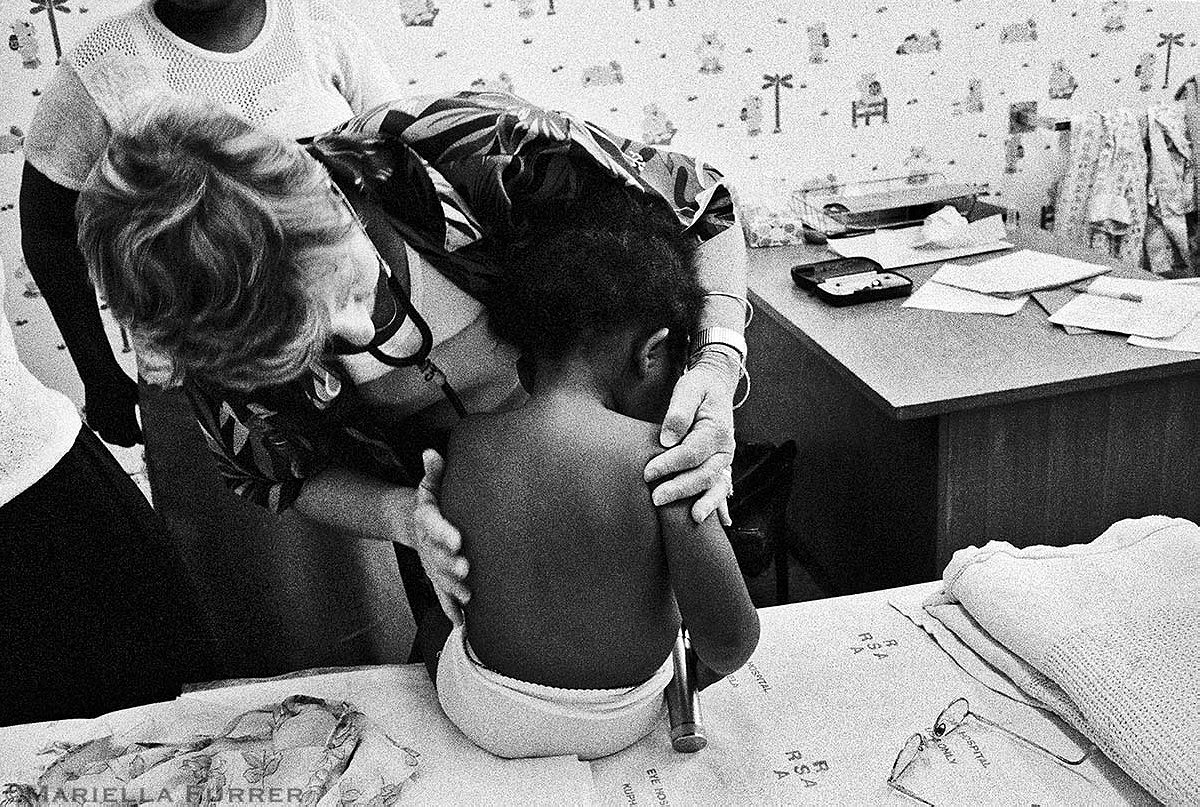
R&K: You first delved into the subject with an assignment from a magazine. What did you see?
Furrer: I was actually assigned to do a story on infant rape in South Africa. I was there for three days, working with a child protection unit, and I was really struck by how many children came in. And I think at that point, I thought, God if I’d have known that as a child, it would have felt better to know that I wasn’t alone. Because that’s the biggest problem when you’re a child, you think that this hasn’t happened to anybody, so you don’t dare tell anybody. So I thought I’d do a photo essay and the more I researched, the more obsessed and involved in it I became. Never ever could I have imagined that it would take this long.
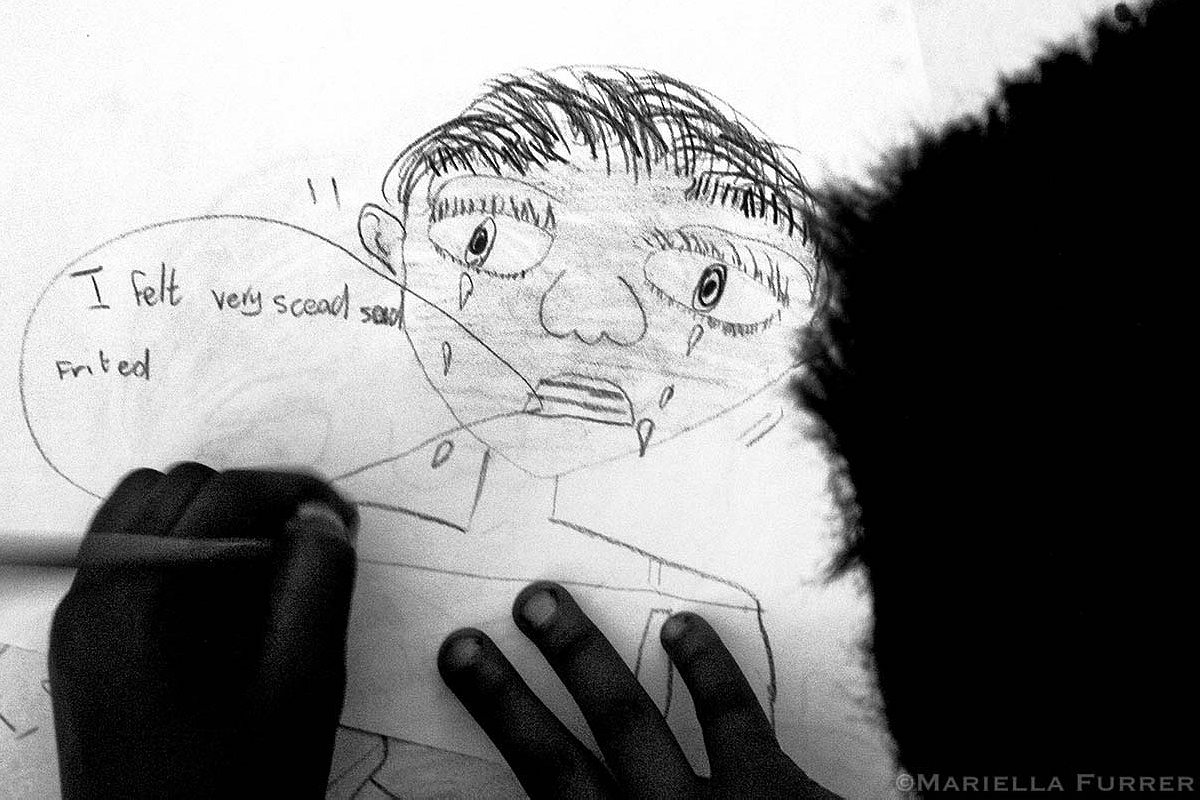
R&K: So before “My Piece of Sky” you only worked on short-term projects?
Furrer: Yes, I started out doing news photography. I covered the genocide in Rwanda, went to Sierra Leone, Kosovo, Congo… And then I was diagnosed with post-traumatic stress disorder. After that I started doing more feature work.
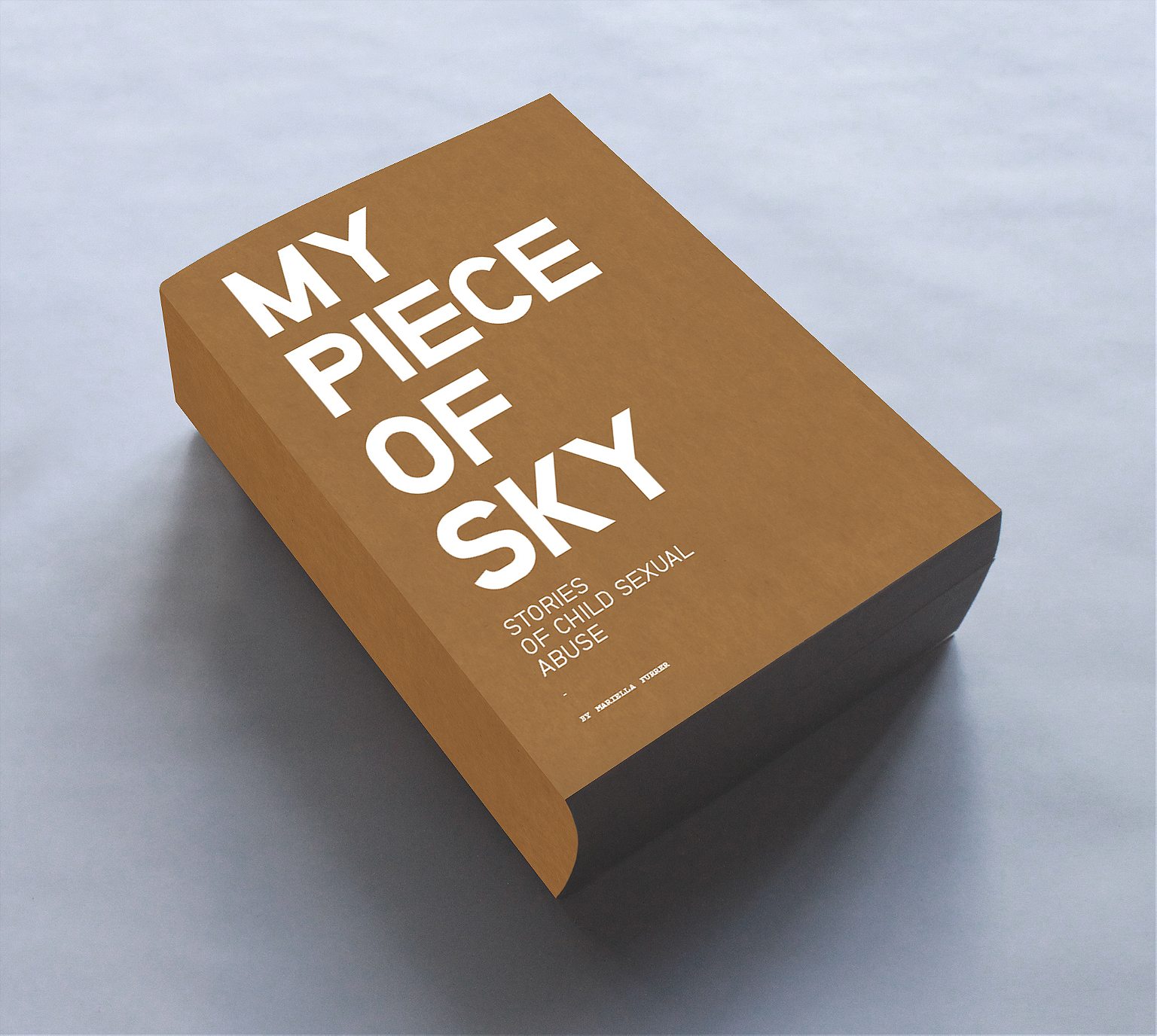
R&K: How have things changed since that initial assignment in 2002?
Furrer: Nothing has changed, just because nothing has been done about child sexual abuse. Obviously you have people working in the field, but there’s no awareness. That’s what I’d like the book to be about, to raise awareness.
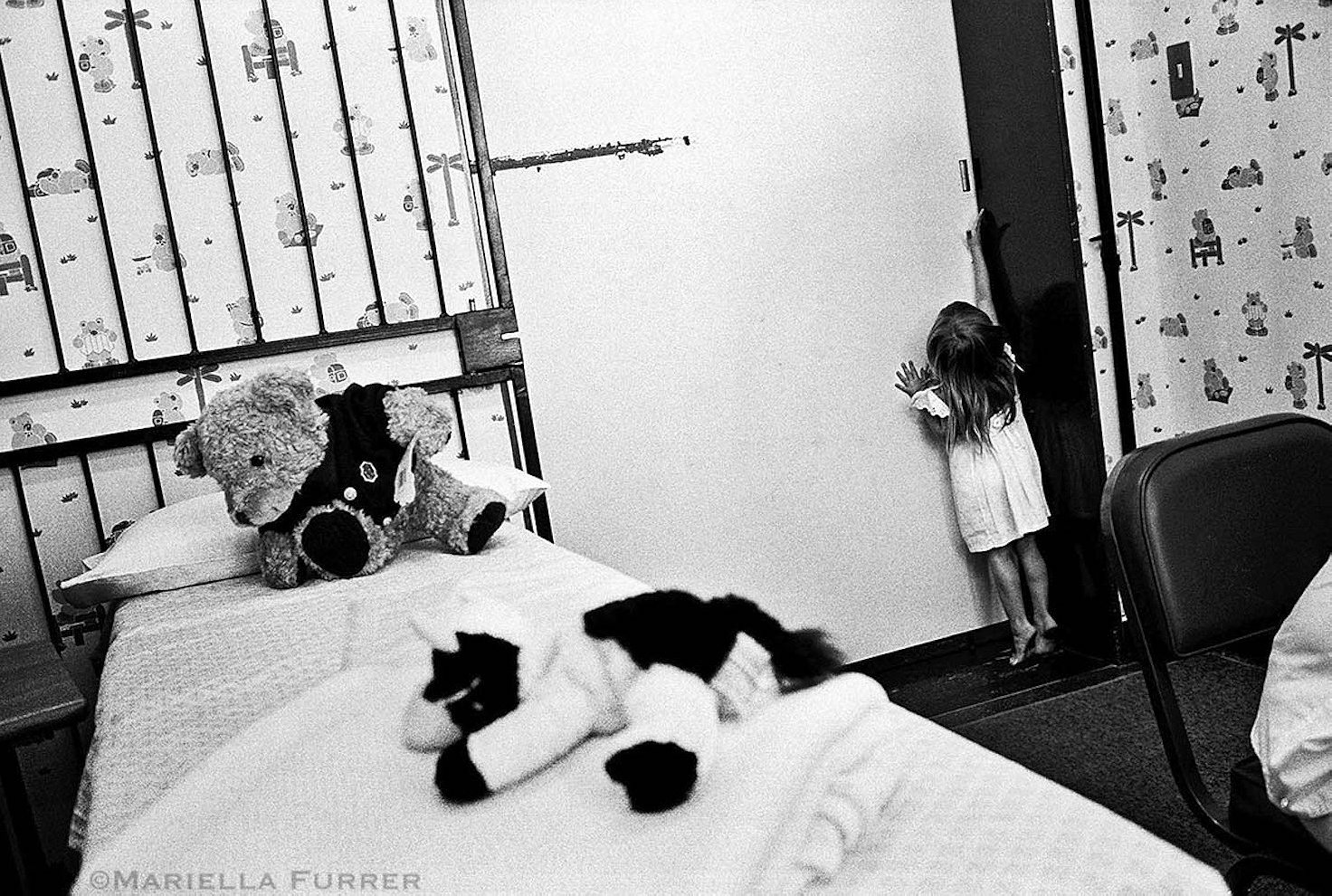
R&K: So what needs to happen?
Furrer: Education in schools, teaching teachers how to identify children who have been through some form of trauma or abuse. Also to provide the support and counseling for these children and to have laws revised because a lot of these laws are allowing the perpetrators to walk free after a couple of years. And the problem with crimes against children is that they are very, very difficult to prosecute because for a child, testifying in court is not easy.
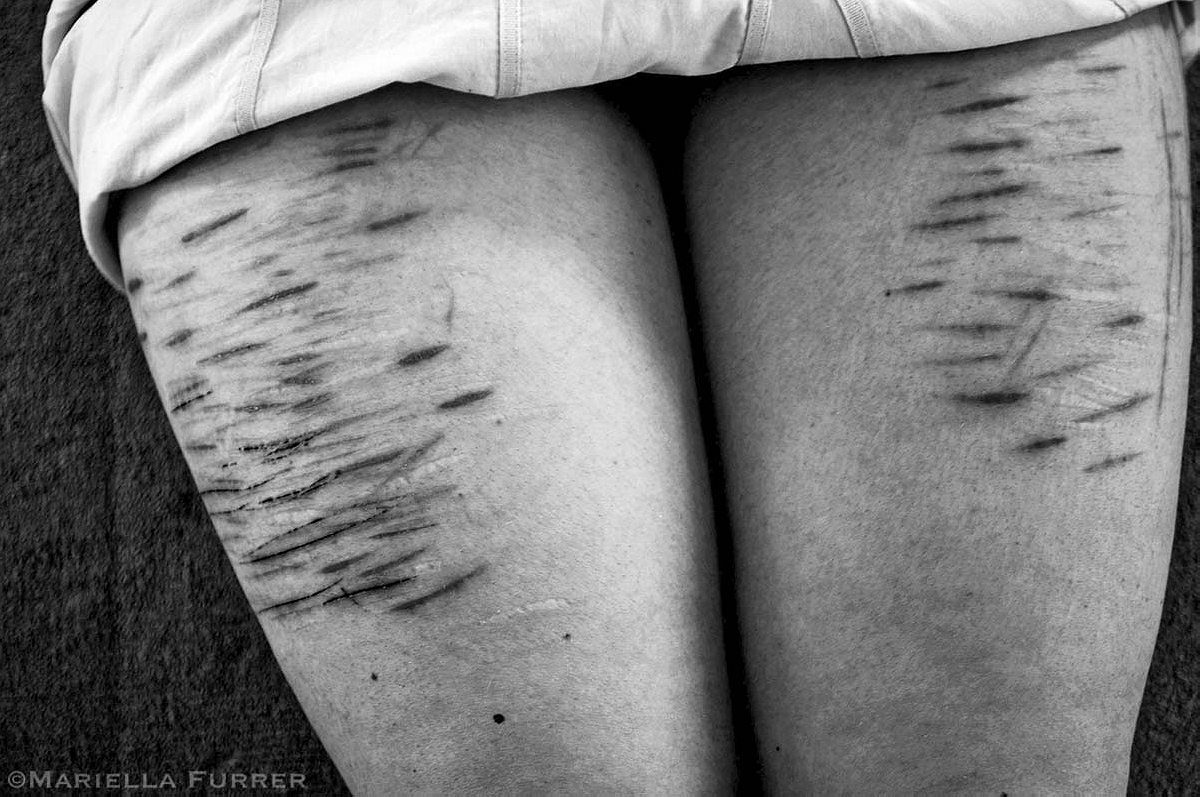
R&K: Was this entire project done in South Africa?
Furrer: Yes because I wanted to show how one country and its people deal with child sexual abuse. This issue is not unique to South Africa. It’s global, it is in the US, in Germany, Switzerland, Italy, Canada… It’s everywhere. It’s just not talked about because it’s such a taboo subject. Some people are pointing at this book as South Africa’s epidemic, when actually there’s an epidemic of child sexual abuse everywhere. It’s global.
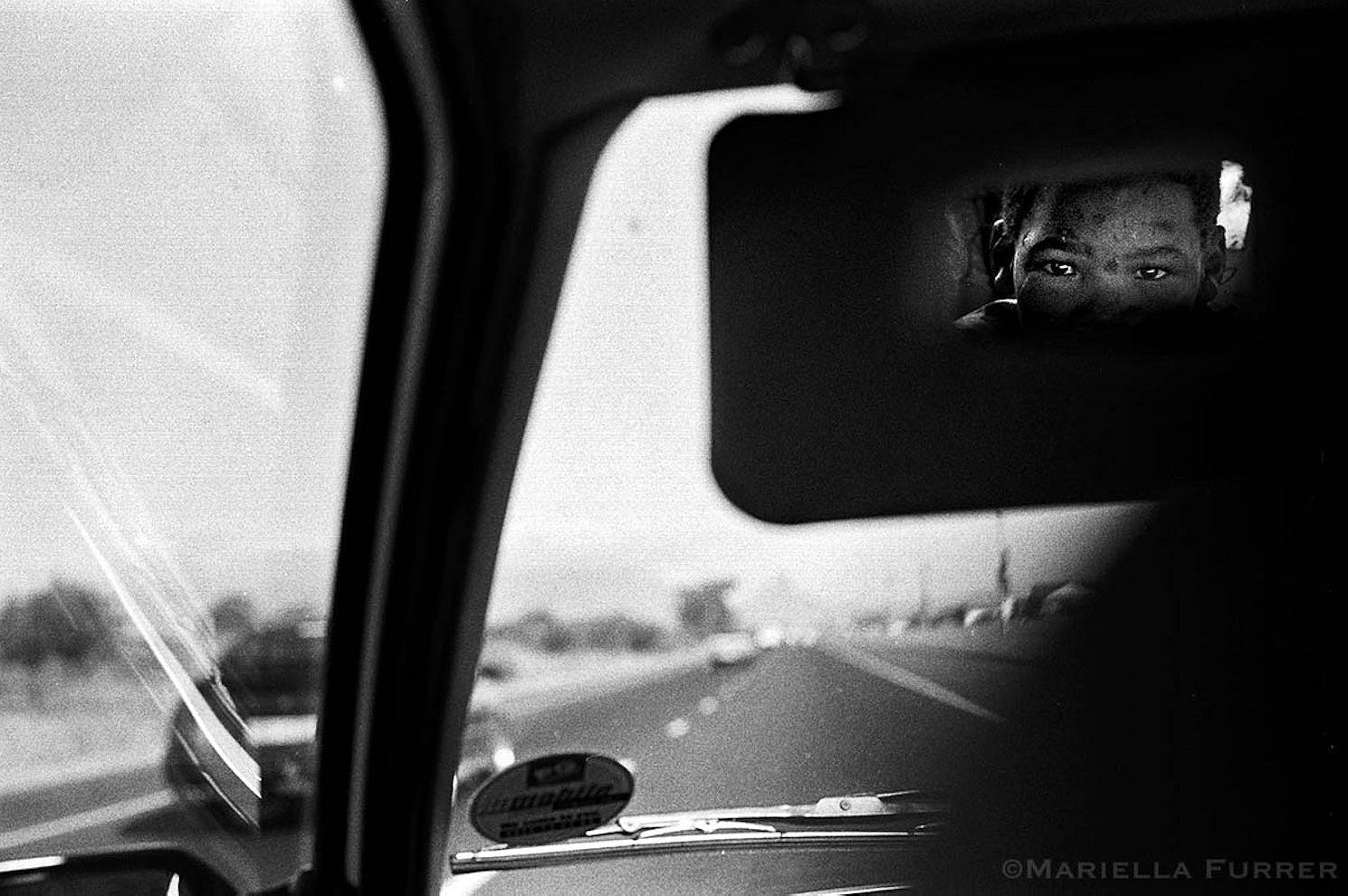
R&K: This is a very difficult subject to photograph. How did you the technical obstacles you faced?
Furrer: When I’m working with children, I have to keep their identity concealed. So that wasn’t easy on a creative level, and also I worried that things would be a bit repetitive… I think the biggest problem for me is that the emotions are expressed on the face and so not to be able to show that was a real challenge. I think it was restrictive also trying not to cause secondary trauma for the child. I would just sit in one spot and not move around like I would have normally on a photo shoot.

R&K: And then your personal experience obviously added a very important layer to this project… Were you able to share it with some of the victims?
Furrer: I told all of them. I basically just said that when I was young I was hurt by somebody too. And I’m trying to make a difference so it doesn’t happen to other children. So they all knew. I think it helps to know you’re not alone.

R&K: And you also chose to include the other side, the perpetrators. What was it like meeting these people?
Furrer: I wanted to do a book that was as in-depth as possible, and obviously that would mean including the perpetrators of these crimes. So I joined a child sex offender group and I spent a couple of months with them. That was striking because the reality is that no sex offender looks like a monster, because a child would run away from a monster. They look normal, they act normal… Definitely a few are manipulative and not the nicest people, but the majority of them and one in particular I really felt could have been a friend. And that was difficult. He was witty, intelligent, creative, outdoorsy… It knocked me sideways actually. I found it really difficult. When you’re working with the police, with the young survivors, the victims and their families, you hate these men and women who commit these crimes. And then when you meet them…
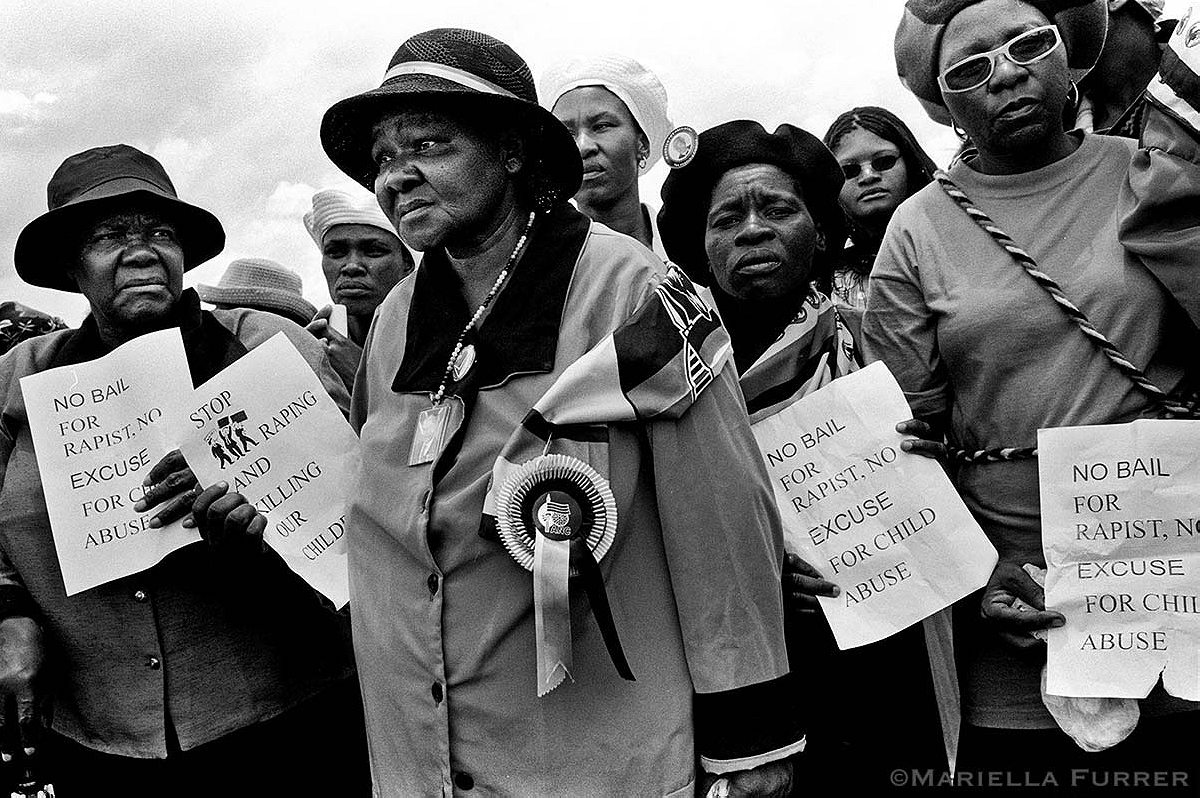
R&K: Who else did you meet?
Furrer: I interviewed a policemen, a magistrate and a prosecutor. The prosecutor, she worked on one of the worst child serial rapist cases and I just wanted to show the impact it had… To be sitting in, day in and day out, dealing with crimes against children like this, the impact is huge. Anybody working in the field of child sexual abuse or frankly any abuse relating to children, it’s one of the most difficult jobs to do. There’s one policeman in particular who I just love. His name is Stroppie Grobbelaar. He was with the police dog unit, so he searched for missing children, many of which would turn up dead. But he was so dedicated. We worked on a couple of cases together and one in particular was a 7-year-old girl called Kamo. We searched every day for months, taking out boats to go though little rivers to see if her body had been dumped there, going down manholes, on horseback, with helicopters… She was last seen walking hand in hand with an unknown man. Every evening after work, he would drive past her aunt’s house— her aunt was her adoptive mother – just to say they were still looking for her and not to give up hope. And in the end she was never found. I just find that heartbreaking.
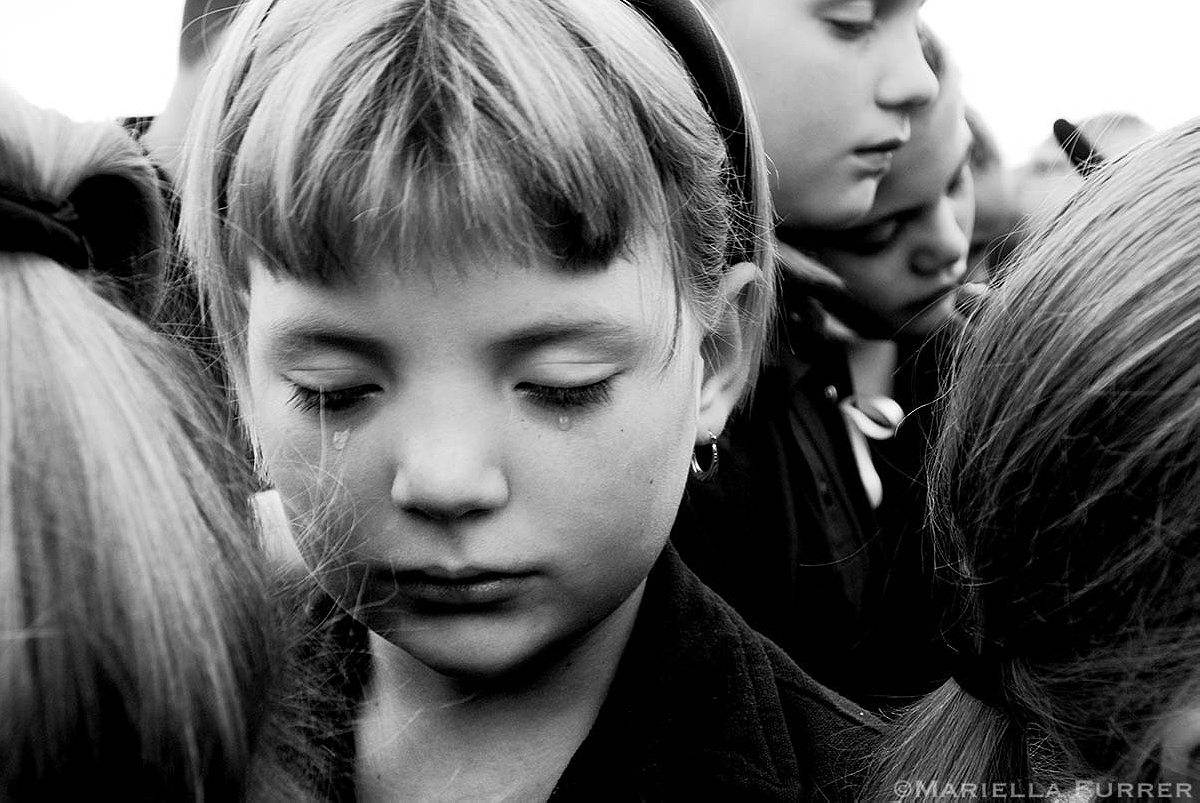
R&K: You compiled all this incredible material. What are you hoping the project’s life will be after the book?
Furrer: Right now, I’m finding that “My Piece of Sky” resonates with people. I’ve been inundated with emails and appreciation for the book, so I’m very grateful for that. I’d like to launch a global campaign to break the silence, to change policies, implement laws, do that maybe with a traveling exhibition. I’d like to print the books—they cost 36 dollars, which is a lot of money for people living in a third world country—so I’d like to find a way to get those book cheaply to organizations working on a grassroots level, as well as to police force around the world, to governments.
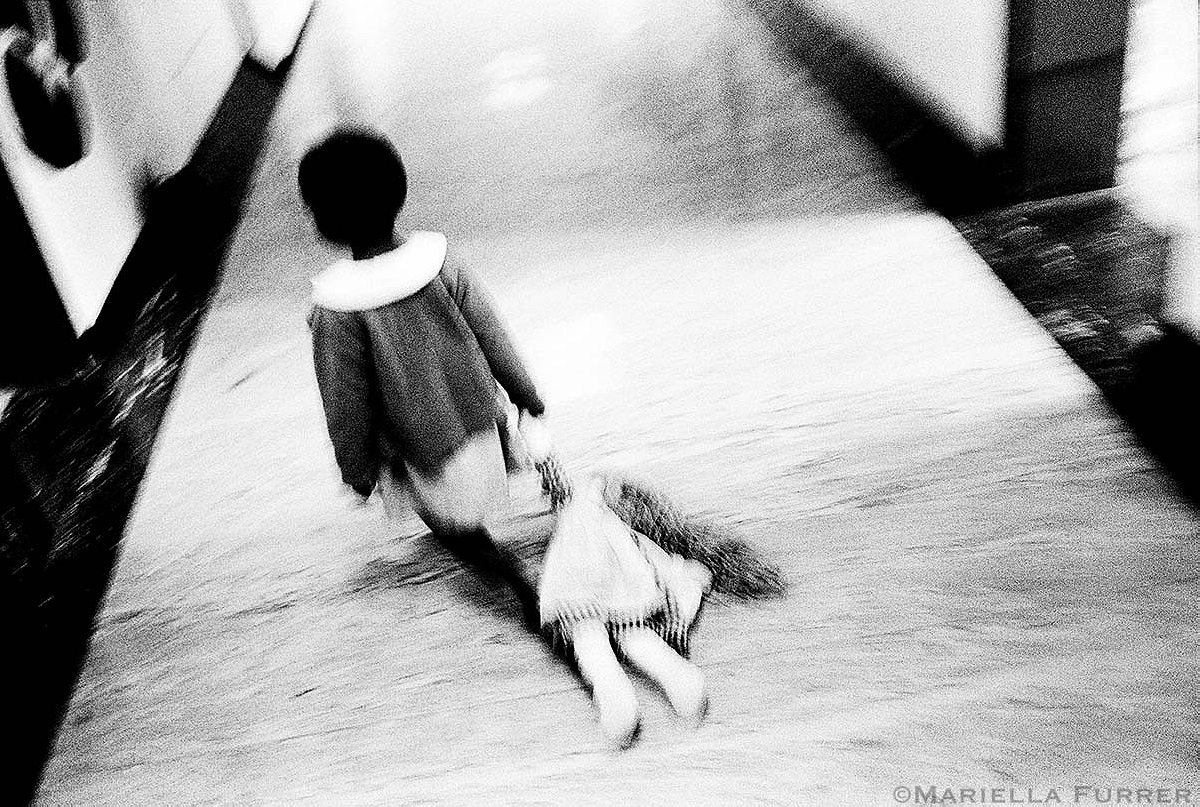
R&K: I’m really interested in how you see yourself now… Are you still a photographer? Do you think that in the future you’ll still go on assignments and do something totally different, or do you now see yourself as an advocate who is going to keep working on this issue?
Furrer: Boy, have you read my mind. I’m definitely going to continue photography, and will definitely focus on social issues. I also want to try travel photography. But activism will be part of my life and I think I can do both. I’m hoping to be able to launch this campaign and do work through the book but at the same time do other assignments and raise awareness and travel, which is my favourite thing.

R&K: Were you working on other projects while doing “My Piece of Sky” or did it take 100% of your time?
Furrer: At the beginning I was doing other assignments and I did a couple of advertising jobs. But then I just became so obsessed that I didn’t do very much else. Already, I had PTSD and with this, it really plunged me into darkness again. So I was working at probably 30% and then the 70% was left there trying to motivate myself to keep going, so had I been fully functioning, I would have probably been able to do it in five years. But I would have never gotten the surgery of a little three-year-old girl that had been brutally raped. That took me six years to get access to. And there’s an aspect in the book on ritual sexual abuse dealing with girls who were in cults. I followed one of them in particular for many years, she has dissociative identity disorder and has over 200 identities. I found her eight years into the project. So it happened as it had to. But it was difficult to stop because it’s really all I did for 12 years. Everything I read was child sexual abuse, rape, pornography… It was difficult to let go of. It was difficult to stop because obviously there’s so much more I could do. It will never be complete in my mind, but it is the best I could put together, psychologically, emotionally, spiritually, and everything else.
To learn more about the project, visit the website for “My Piece of Sky” or buy the book here.